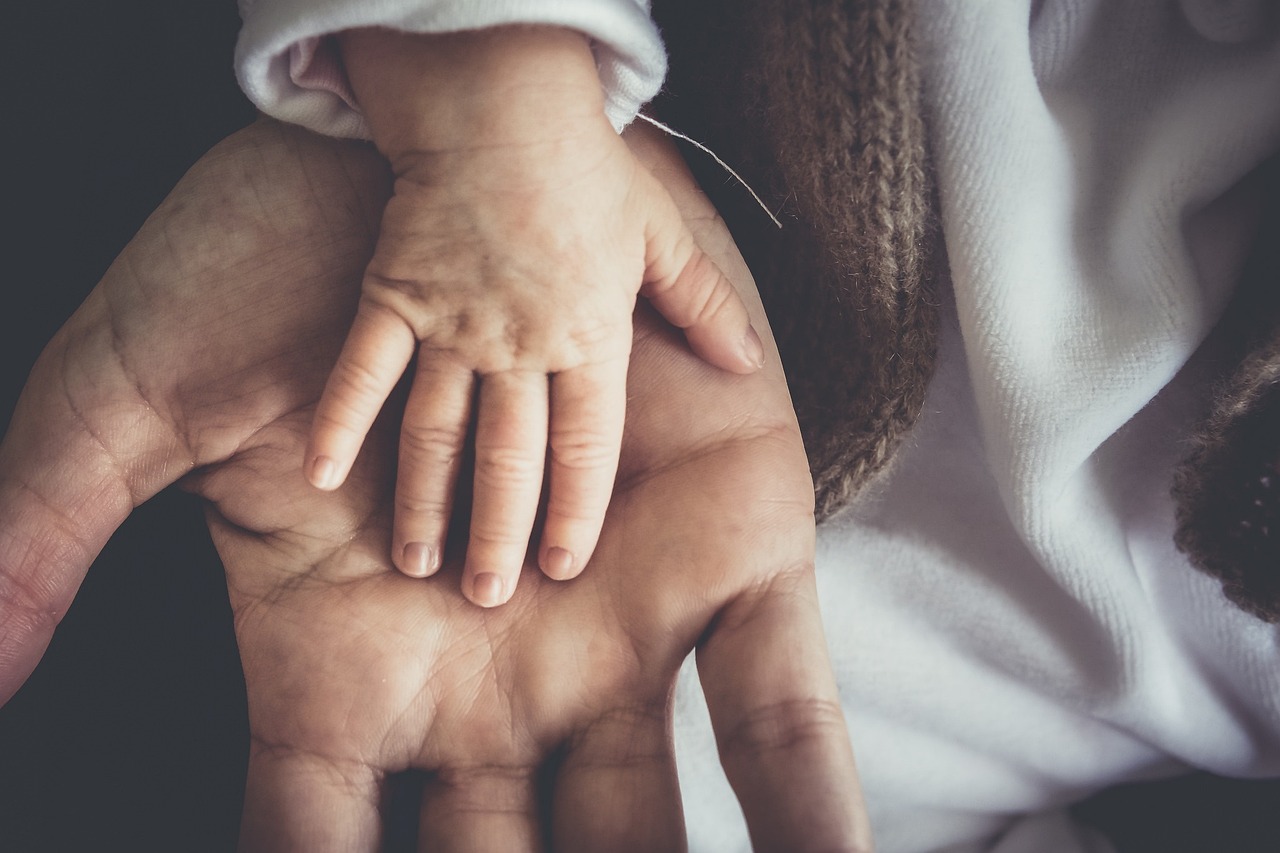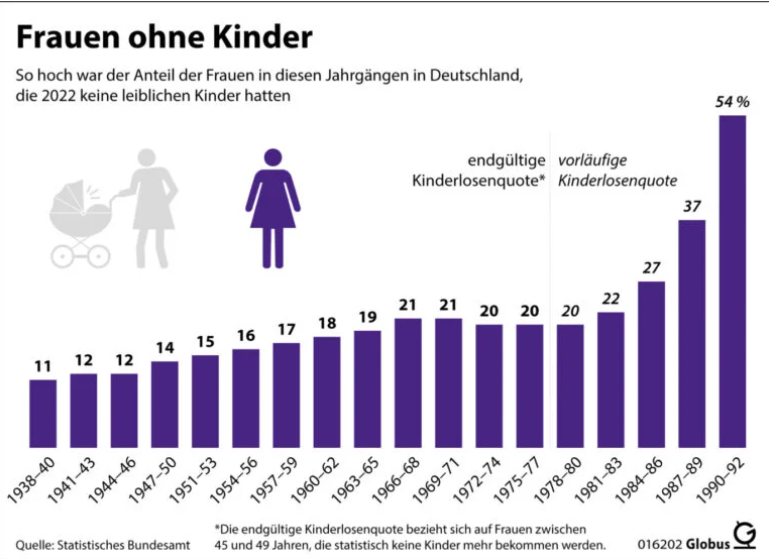
Birth rates across Europe at decade lows
In Western Europe and the northern countries on the continent, women are giving birth to increasingly fewer children.
In Germany, the birth rate fell to a ten-year low in 2022, when only 738,819 children were born, the Federal Statistical Office put out. The birth rate fell by eight per cent compared to 2021, to 1.46 children per woman, which is the lowest level since 2013, when a woman gave birth to 1.42 children on average.
2022 kamen in Deutschland 738 819 Kinder zur Welt, 7 % weniger als 2021, dem geburtenreichsten Jahr seit 1997. Die zusammengefasste #Geburtenziffer sank gegenüber dem Vorjahr um 8 % auf 1,46 Kinder je Frau und damit auf den niedrigsten Stand seit 2013: https://t.co/YaCXsxyNml
— Statistisches Bundesamt (@destatis) July 21, 2023
Without immigration, for a country’s population to not decrease – in a purely mathematical sense – a woman in highly developed countries would have to give birth to approximately 2.1 children’, the demographers explained their findings. In 2022, the rate decreased in all federal states, but especially in Hamburg and Berlin,in the latter by ten per cent. Meanwhile, the decline in fertility rates was the least severe in Bremen, at four per cent.
Interestingly, when the register was started in 1973, women still gave birth to an average of 1.57 children. The average age of mothers at the birth of their first child was around 30, and that of fathers around 33.

The number of newborns fell not only in Germany. According to the „Human Fertility Database” put out by the Max Planck Institute for Demographic Research, the number of births in Denmark decreased by ten per cent, and by nine per cent in Norway and Sweden respectively, compared to the previous year, showing a similar rate drop as in as in Germany.
Tags:

